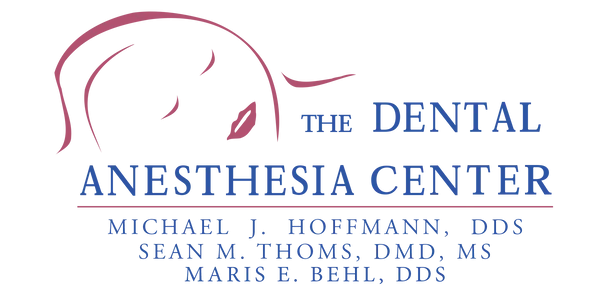Based on the level of sedation needed and the risks associated with your health condition or the medication you use, your dentist will determine the right sedation method for you.
Many dental patients require sedation dentistry for one reason or another but aren’t sure what type of sedation will be required in their particular case. This, of course, will be established by your dentist. But how do dentists determine which type of sedation is right for a patient?
Let’s go through the evaluation process needed before a sedation procedure, and what influences the type of sedation you will be given.
What Types of Sedation Do Dentists Use?
Sedation is a procedure that calms you down or renders you unconscious during a medical intervention or investigation. Many types of sedation vary in terms of intensity and effects. The main differentiation made between types of sedation is conscious sedation versus sleep sedation.
Here are the main methods used by dentists to sedate a patient:
- Nitrous oxide, popularly known as laughing gas, is the mildest form of sedation, and it can be very effective during short procedures, and with most patients. It is administered through a breathing mask, and the patient remains conscious.
- Oral sedatives are pills that the patient has to take about an hour before the procedure to reduce anxiety and agitation that can jeopardize the success of the intervention.
- IV sedation: the patient is sedated through an IV that administers sedatives throughout the procedure. Compared to oral sedatives, IV sedation has the advantage of controlling the level of sedation in real-time.
Each type of sedation is determined for a patient based on the doctor’s parameters beforehand, as we will describe next.
What to Tell Your Dentist Before a Sedation Dentistry Procedure
If you and your doctor decide that you will be sedated for your dental work, you need to consult with your dentist ahead of time. He or she will ask you about possible allergies to certain medications, what medication you are on or interrupted recently, as they could interfere with the sedation, and whether you have certain chronic illnesses that you know about.
Based on the level of sedation needed and the risks associated with your health condition or the medication you use, your dentist will determine the right sedation method for you.
What Type of Sedation Is Right for You?
Each patient has their own reactions and needs. Age is also a significant factor in deciding what type of sedatives to use. Young children, seniors, or special needs persons have different risk factors to take into account.
Nitrous oxide is usually recommended for short interventions because its effects don’t last long. For more complicated interventions or patients with higher anxiety levels, oral sedatives or IV sedation might be the answer. They still leave the patient conscious and responsive, but they might not recall anything afterward and think they were asleep the whole time.
For complex procedures and patients who can’t control their fear (like children or patients with disabilities), the dentist might recommend general anesthesia.
If you have any questions about your sedation before the procedure, feel free to ask your dentist any question and request a written protocol if you feel it helps.
Call Us Today
The only board-certified dental anesthesiologist in Missouri, including St. Louis.
